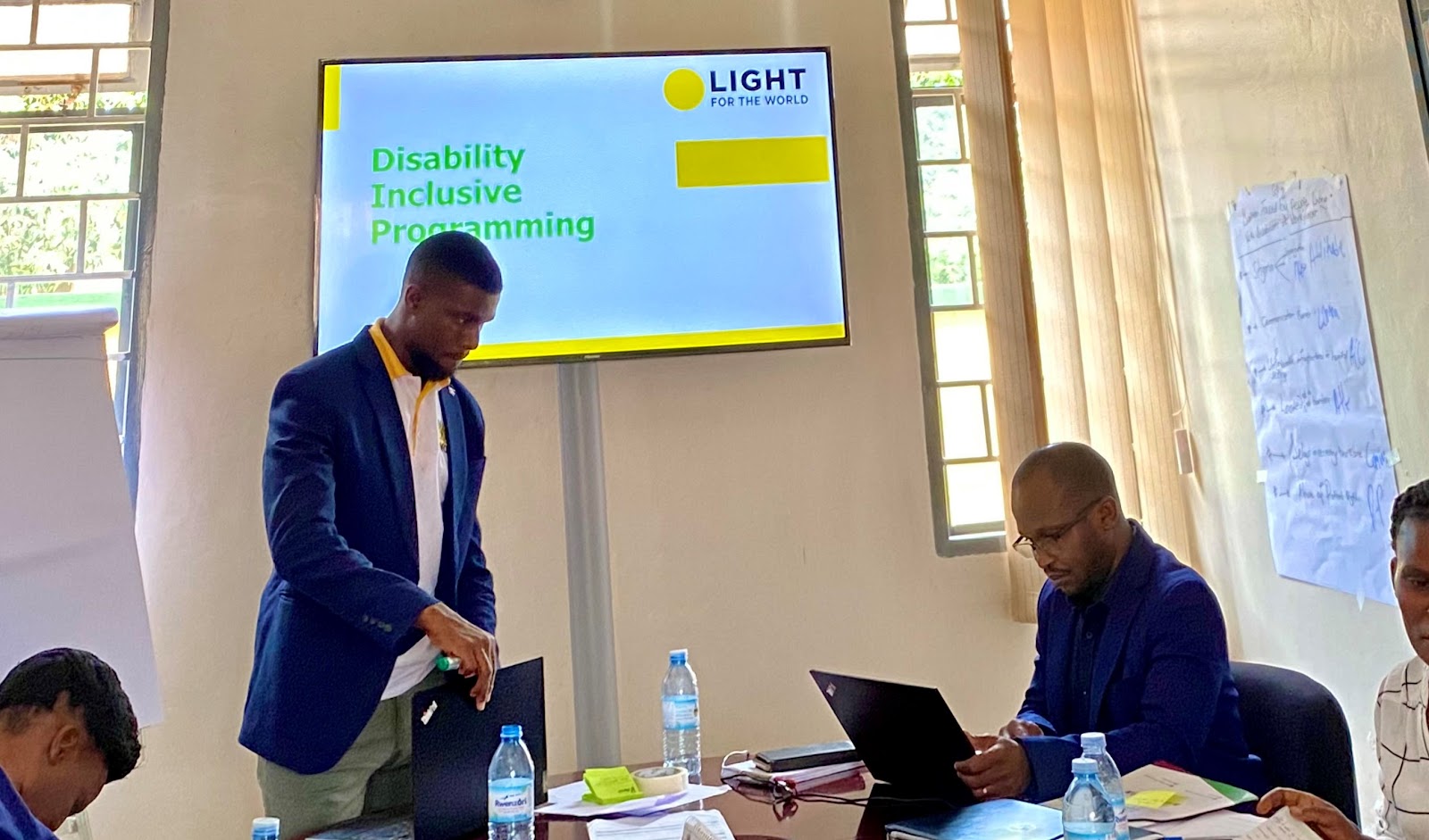HOW TO TALK TO KIDS ABOUT DISABILITY INCLUSION
Parents of this and the next generations hold a key when it comes to engineering an inclusive society where every one belongs by teaching the next generations to embrace disability as diversity.
Although the disability rights movement has made immense progress over the years, we still have a long way to go, when it comes to making sure that our kids understand the experiences of disabled people and creating a more accessible world.
As a Disability and inclusion specialist, During my community outreaches in the slum communities of Kampala where usually I engage families raising children with disabilities in physiotherapy and inclusive home schooling. I encourage parents to talk to their children about disability as a normal topic and the major question is.
BUT WHATS THE BEST WAY TO APPROACH THESE CONVERSATIONS?
Normalize disability.
I think the most important principle that parents should
have in mind is that disability needs to be normalized, People have different
ways of living and moving through the world. When deaf people are using sign
language, it’s not a lesser form of communication. If someone is spinning or
rocking by a fountain, it’s not weird or freakish. That’s another way of
expressing joy.
Parents can mention that your friend uses a cane to walk or that
a cousin has a hearing aid. Make it clear that disability is a normal part of
the human experience by talking about it in a matter-of-fact way. Disability is
just another part of our diverse world, not something frightening or sad.
Be mindful of language.
Don’t be afraid to use the words “disability” and
“disabled.” Dancing around these words can instill the idea that disability is
something to be wary or scared of.
Always encourage parents to work through their own discomfort
with the concept of disability and focus on talking about it in a way that
doesn’t use a lot of cutesy descriptors and euphemisms. The more
straightforward we are in our language, the easier it is to have conversations
with our children.”
Keep it value neutral.
One thing we should say a lot when talking to kids is,
‘Disability isn’t a good thing or a bad thing - it’s just a thing. It’s value
neutral. Don’t treat disability as something negative to fear, pity or feel
awkward about. Statements such as “Oh that’s so sad, they don’t have an arm” or
“You’re so lucky you’re not like that” are harmful.
There’s a tendency to say something like, ‘Oh’ look at that disabled person, you should really admire them. They’re so brave. They’ve overcome so much,. “That may sound like a compliment, but it’s objectifying disabled people and creates the idea that disabled people only deserve respect for ‘overcoming’ their disability and that disability is so bad that it needs to be risen above.”
Don’t shame them for their questions.
It’s not uncommon for children to ask their parents about
disabled people they see in public. They may say something like, “What’s wrong
with that lady’s arm?” or “Why is that man walking funny?” This curiosity is
totally natural and OK.
“It’s so important that children aren’t shamed for asking
these types of questions. When I’m out
in public, I’ll sometimes hear children ask their parents, ‘What’s wrong with
her leg, why is she using a wheel chair?’ as the children point at someone with
a disability. So often, the parents will ignore the question or tell the
children to be quiet. It’s OK to have them ask!’, and I think the more honest
and open dialogue that we can have about disabilities, the less those types of
questions will be taboo.”
Shushing your child or telling them they’re being rude sends
the message that disability is shameful and taboo. Instead of scolding, make it
clear that their questions are welcome and give a straightforward answer, such
as, “That person is using a wheelchair to move around ”
Say ‘I don’t know’
Children often ask why someone they observe has a
disability. In this situation, it’s totally fine to say “I don’t know.”
“Sometimes, I overhear parents answering with their own assumptions about disability, and they’re usually not accurate. If it’s not feasible to talk to the disabled person in question, parents can simply say they don’t know and explore some possible explanations, such as, “Maybe they were born with one arm, or maybe they had an accident. Lots of people have one arm or no arms for different reasons, and that’s part of who they are.”
Point out similarities.
Your conversations about disabled people don’t have to center
100% around differences. You can also point out similarities, whether it’s a
stranger in a wheelchair who’s picking out the same brand of ice your child
likes or a friend from school who’s in the same club.
Point out similarities - your friend has ADHD but also loves playing chess like you do, Those similarities matter to make the connection that whatever differences may be presenting are a part of who that person is but not the entire picture.
Make it a continuous conversation.
The conversation around disabilities should be ongoing. “You start when
they’re very young, talking about how everyone has differences - difference is just part of the human experience. For younger kids, it’s concrete thinking, humanizing the other people around them with a balance of curiosity and respectfulness. As kids get older, they can get into the understanding of what this looks like in practice.Parents can engage their older children in the social
justice side of disability, such as learning about the history of the Disabilities
Act, the disability rights movement and current activism in that space.
“The biggest thing to
remember is nondisabled people can be the best possible allies by engaging in
open and honest conversation. “The sooner we do that with our children, the
more easily we will start to create a ripple effect of inclusivity and
acceptance.”



Comments
Post a Comment